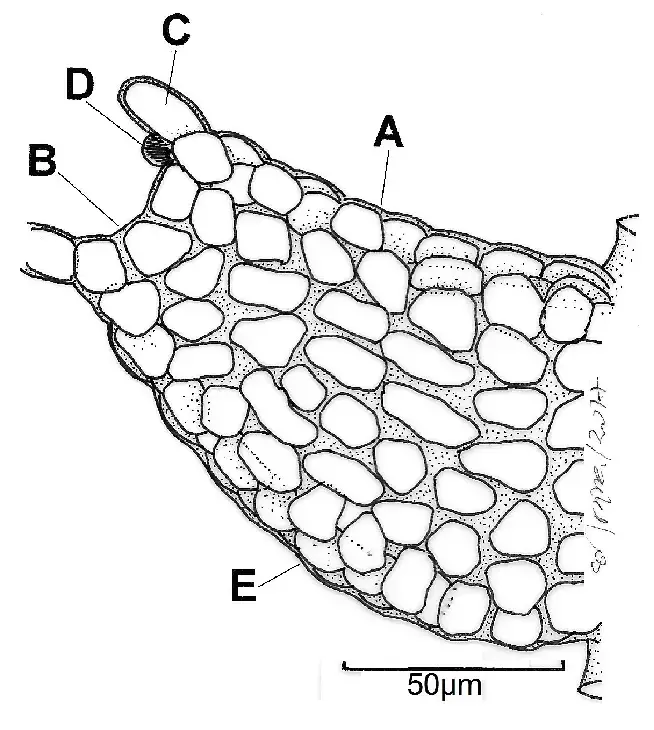
Figura-1-Morfologia-do-lobulo-em-Cheilolejeunea-Spruce-Steph-A-Margem-livre-B.png from: https://www.researchgate.net/figure/Figura-1-Morfologia-do-lobulo-em-Cheilolejeunea-Spruce-Steph-A-Margem-livre-B_fig1_319991927
Exploring the Fascinating World of Ceratolejeunea fuliginosa Moss
Introduction
Mosses are some of the most ancient and resilient plants on Earth, with over 12,000 species found across the globe. In this post, we’ll take a closer look at one particularly interesting species:

article_43161_cover_en_US.jpg from: https://mapress.com/bde/article/view/bde.44.1.2
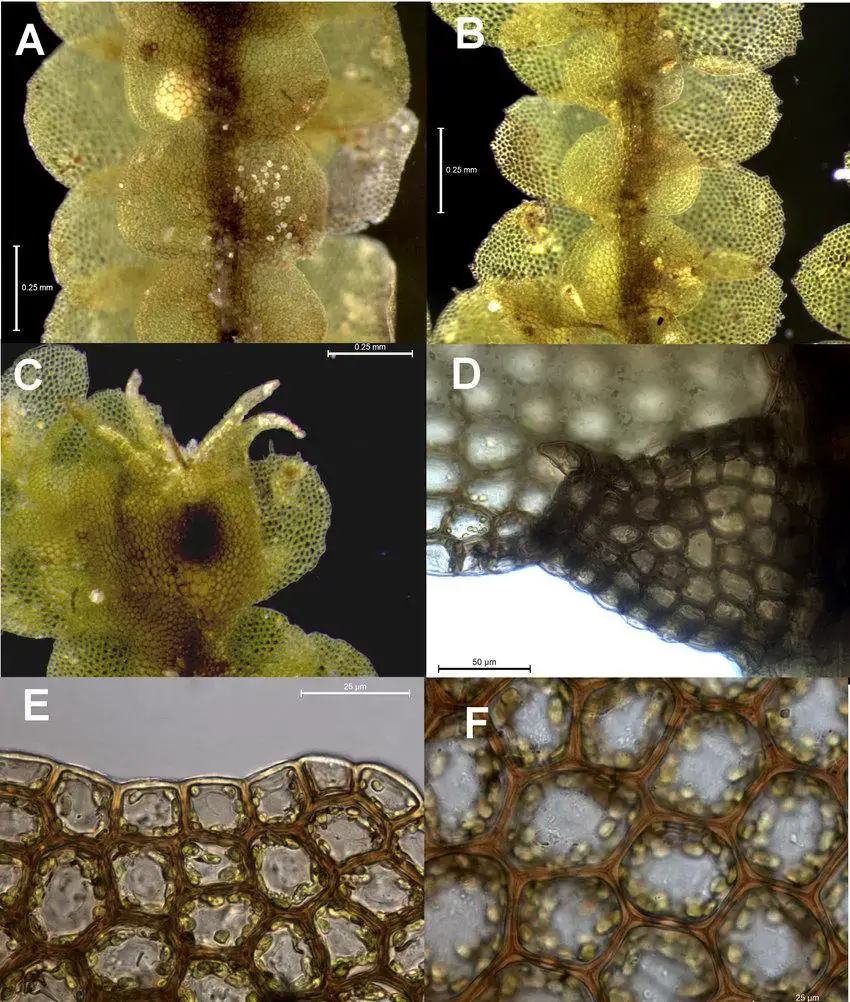
Ceratolejeunea-belangeriana-A-ventral-view-of-large-shoot-B-ventral-view-of-small.png from: https://www.researchgate.net/figure/Ceratolejeunea-belangeriana-A-ventral-view-of-large-shoot-B-ventral-view-of-small_fig3_264979113
Ceratolejeunea fuliginosa (Spruce) Steph., commonly known as Ceratolejeunea moss. This tiny but mighty plant is part of the Lejeuneaceae family and has some remarkable characteristics. Let’s dive in and learn more about this fascinating moss!
Background on Ceratolejeunea Moss
Ceratolejeunea fuliginosa is classified under the division Marchantiophyta and class Jungermanniopsida. The species name “fuliginosa” comes from the Latin word meaning “sooty” or “dusky”, referring to the dark coloration of the leaves. Ceratolejeunea moss is found in tropical and subtropical regions around the world.
Morphology and Identification
One of the most distinctive features of Ceratolejeunea fuliginosa is its small size. The shoots are typically only 2-5 mm long and the leaves are a mere 0.2-0.4 mm wide. The leaves are arranged in two rows and have a characteristic round to ovate shape with pointed tips.
Another key identifying trait is the presence of
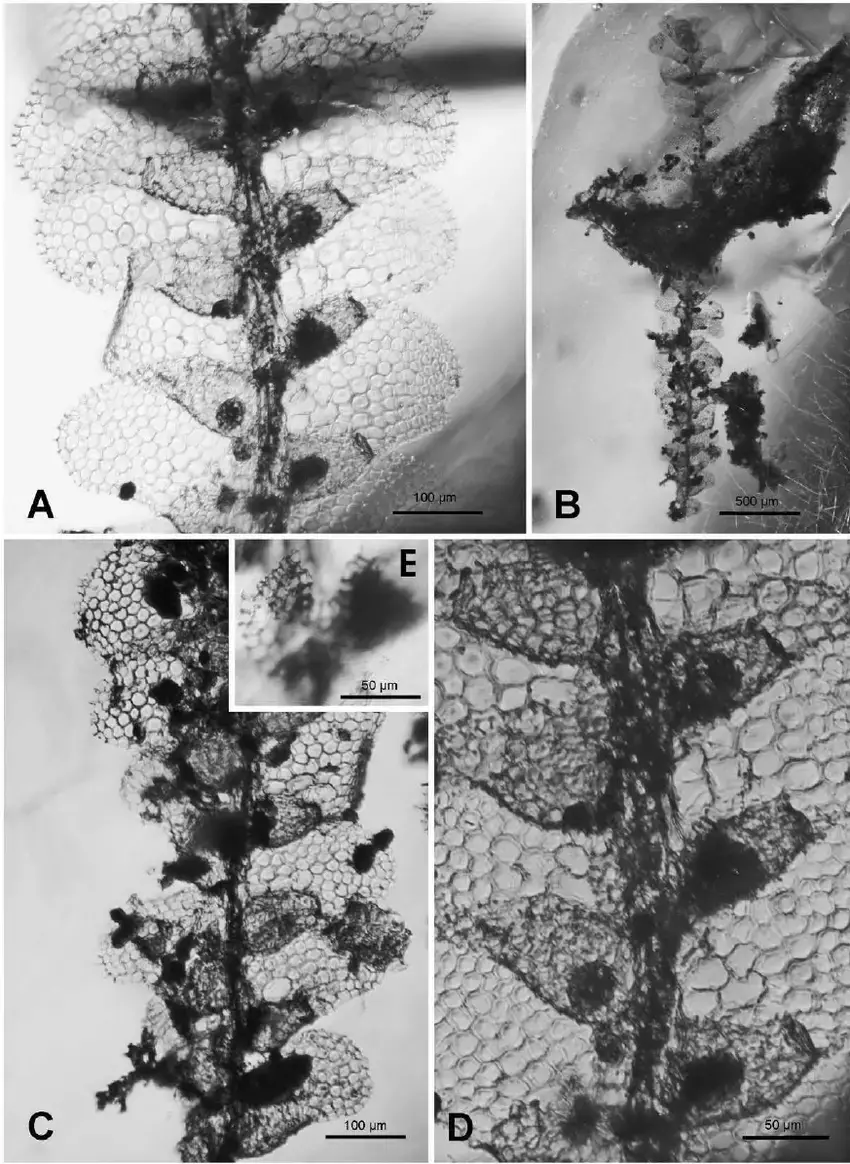
Holotype-of-Ceratolejeunea-antiqua-ventral-view-A-Upper-part-of-shoot-B-Overview.png from: https://www.researchgate.net/figure/Holotype-of-Ceratolejeunea-antiqua-ventral-view-A-Upper-part-of-shoot-B-Overview_fig1_261020083
ocelli, which are large, hyaline cells scattered throughout the leaf lamina. Under a microscope, you can also spot the lobules, sac-like structures at the base of the leaves that help with water retention.
The color of Ceratolejeunea moss ranges from yellowish-green to reddish-brown. When dry, the shoots and leaves often appear shriveled and twisted.
Global Distribution and Habitat
Ceratolejeunea fuliginosa has a wide distribution in the tropics and subtropics of the Americas, Africa, and Asia. It grows as an epiphyte on the bark and leaves of trees and shrubs in moist forests.
This moss is particularly well-adapted to life in the rainforest canopy. It can withstand periods of desiccation and quickly rehydrate when water becomes available again. The lobules help collect and store moisture from rain, dew, and humidity.
17-Ceratolejeunea-belangeriana-Gottsche-Steph-1-portion-of-plant-2-cross.ppm from: https://www.researchgate.net/figure/17-Ceratolejeunea-belangeriana-Gottsche-Steph-1-portion-of-plant-2-cross_fig1_335110500
Ecological Roles and Adaptations
Like other bryophytes, Ceratolejeunea moss plays important ecological roles:
- Provides habitat for micro-organisms and small invertebrates
- Helps regulate moisture and temperature in the forest understory
- Contributes to nutrient cycling by trapping organic matter
- Can be an indicator of air quality and environmental health
tree-plant-leaf-flower-moss-herb-evergreen-usa-america-botany-fir-conifer-spruce-gardening-juniper-shrub-dwarf-ecosystem-berkeley-flowering-plant-subshrub-woody-plant-temperate-coniferous-forest-land-plant-southernwood-1062010.jpg from: https://pxhere.com/en/photo/1062010
Ceratolejeunea has several adaptations that allow it to thrive in its habitat:
- Small size is ideal for growing on trees and in crevices
- Lobules aid in water retention during dry periods
- Dark pigments protect chlorophyll from intense sunlight
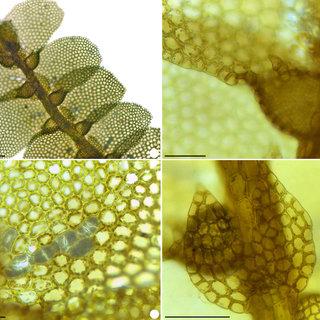
a-d-Ceratolejeunea-ceratantha-a-stem-portion-b-lobule-c-ocelli-d-underleaves_Q320.jpg from: https://www.researchgate.net/figure/a-d-Ceratolejeunea-ceratantha-a-stem-portion-b-lobule-c-ocelli-d-underleaves_fig2_356765883
- Asexual reproduction via fragmentation enables quick colonization
Conclusion
Ceratolejeunea fuliginosa may be tiny, but it is a prime example of how mosses have evolved to fill important niches in ecosystems around the world. Next time you’re in a tropical forest, take a moment to appreciate the intricate world of epiphytic mosses living just above your head!
57-Ceratolejeunea-diversicornua-Steph-54-56-female-branches-with-perichaetium-and.ppm from: https://www.researchgate.net/figure/57-Ceratolejeunea-diversicornua-Steph-54-56-female-branches-with-perichaetium-and_fig7_268367266
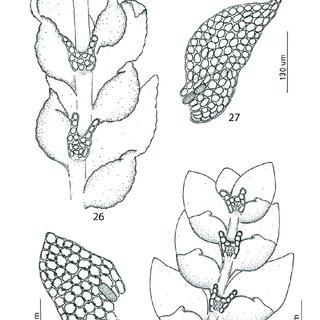
29-Drepanolejeunea-anoplantha-Spruce-Steph-26-Habit-ventral-view-27-Leaf_Q320.jpg from: https://www.researchgate.net/figure/11-Ceratolejeunea-laetefusca-Austin-RM-Schust-7-Habit-ventral-view-8_fig3_267332106
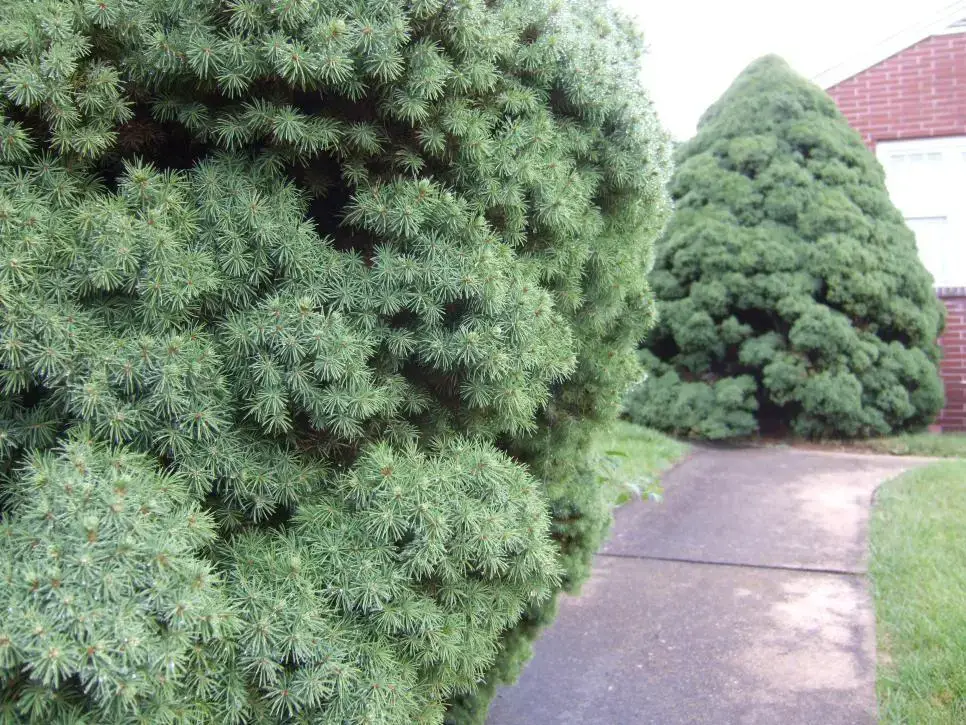
5e173ace4402f03965bb30f2be84f5b4.jpg from: https://www.pinterest.com/pin/10-ways-to-use-dwarf-alberta-spruce-in-your-yard–247205467034582193/
What other cool adaptations and ecological roles of mosses have you encountered? Let me know in the comments.